Would you like to know how to use a Roundup sprayer? Well, we have researched this topic and have answers for you. It's vital to understand how to use a Roundup sprayer to ensure proper use and avoid spills.
To use a Roundup sprayer, add your additives to the Roundup sprayer, and fill it with water to no higher than the full line. Next, pump the handle, and use the wand to spot spray if you have a handheld Roundup sprayer. For a Roundup backpack sprayer, secure it to your back before pumping the handle.
In this article, we will talk more about how to use a Roundup sprayer. We will also learn the answers to other interesting related questions, such as how do you troubleshoot a Roundup sprayer, and what can you use in a Roundup sprayer other than Roundup? Keep reading to learn more.
![Weed control concept. weed killer series. - How To Use A Roundup Sprayer [And Troubleshooting If Not Working]](https://gardentabs.com/wp-content/uploads/2022/10/Weed-control-concept.-weed-killer-series.-How-To-Use-A-Roundup-Sprayer-And-Troubleshooting-If-Not-Working.png)
How To Use A Roundup Sprayer
The exact method of using a Roundup sprayer will vary depending on whether you have a handheld tank or a backpack sprayer. There are also electric sprayers that function differently. Let's take a look at these types of Roundup sprayers and learn how to use them.
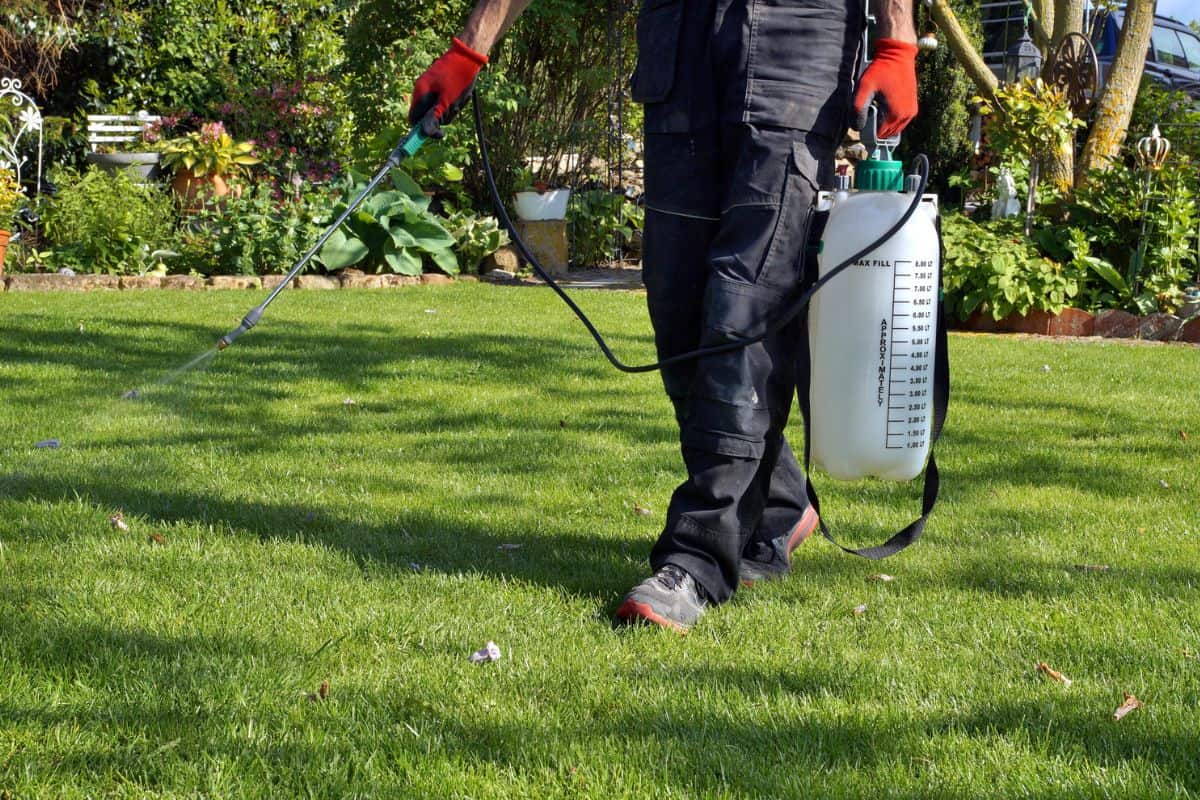
Handheld Roundup Sprayer
Handheld Roundup sprayers come in several different sizes. The most common sizes of handheld Roundup sprayers are one, two, and three-gallon tanks.
To use a handheld Roundup sprayer, start by removing the lid by twisting counterclockwise. Inside, a plastic guard will be designed to keep any additives from splashing back at you when you pour. Don't remove the splash guard if you are adding anything other than water to your tank.
After adding Roundup or any other additive, fill the tank with water. Add the recommended amount of water for your additive to avoid dilution. You should also avoid filling the sprayer above its fill line, or it may not function properly.
After the sprayer is full, twist the lid back on clockwise. It's crucial to avoid cross-threading the lid or not securing it tightly to prevent spills. Some additives are very toxic, making properly securing the lid a safety concern.
Once the lid is secure, you build up pressure for spraying by pumping the handle. Pump the handle 10 to 12 times, but stop pumping once you feel the resistance on the pump becoming very substantial.
Now that the tank is pumped up, you can use the wand to spray weeds. If you need to administer spray to a large area, walk backward while spraying continuously and sweeping the wand back and forth. This will cover the whole area while avoiding spraying yourself as much as possible.
Roundup Backpack Sprayer
If you have a Roundup backpack sprayer, you can pump while walking instead of pumping the tank before carrying it.
To use a Roundup backpack sprayer, start the same as the handheld sprayer by adding your additives and filling the tank with water. Next, once the lid is on, insert your arms into the sprayer's straps and wear it like a backpack.
While wearing a Roundup backpack sprayer, you can pump a metal handle up and down to build pressure while your other hand uses the spray wand. Roundup backpack sprayers can carry four or five gallons and be used to spray an entire field easily.
Roundup Electric Sprayer
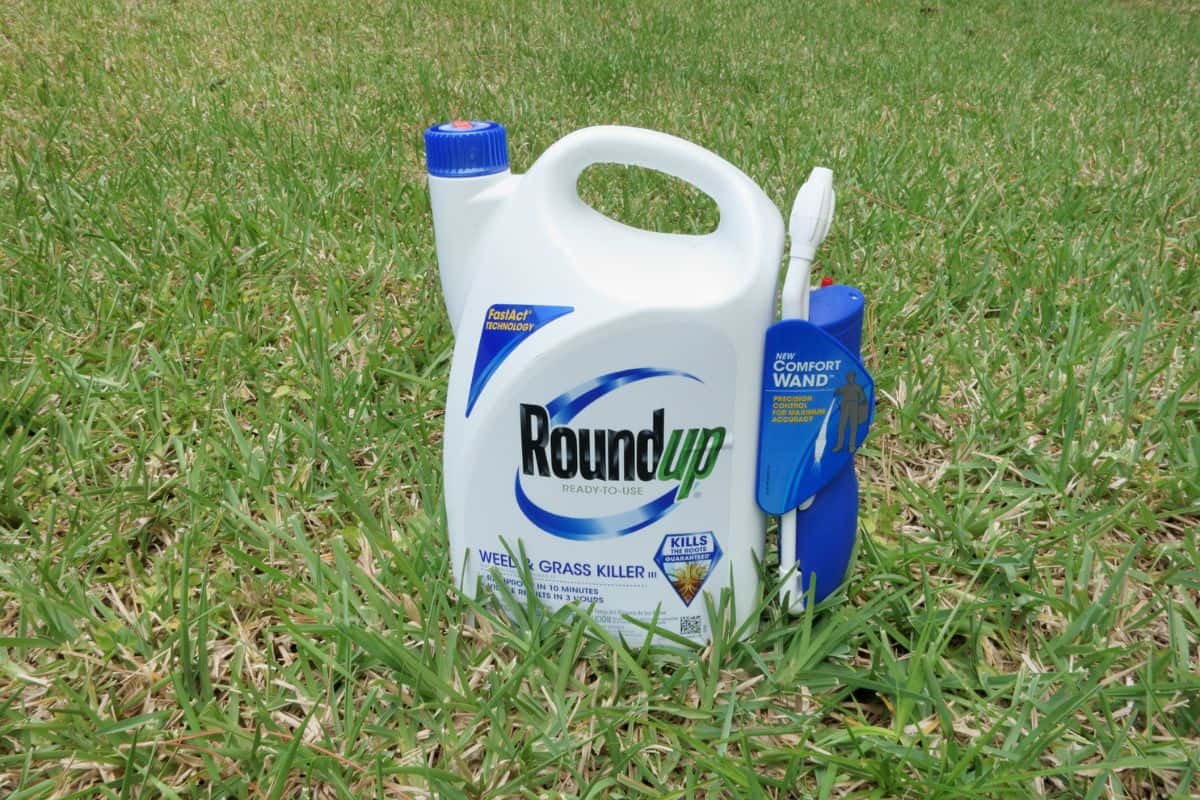
A Roundup electric sprayer differs from other sprayers because you don't need to pump it. When the sprayer is on and you pull the handle, it will automatically compress air and build pressure. Roundup electric sprayers come in disposable one-gallon models and rechargeable two-gallon models.
One thing to remember when using two-gallon Roundup electric sprayers is that you need to charge the battery between uses. If you forget, it's likely okay since the battery can spray 12 full tanks per charge.
How Do You Troubleshoot A Roundup Sprayer?
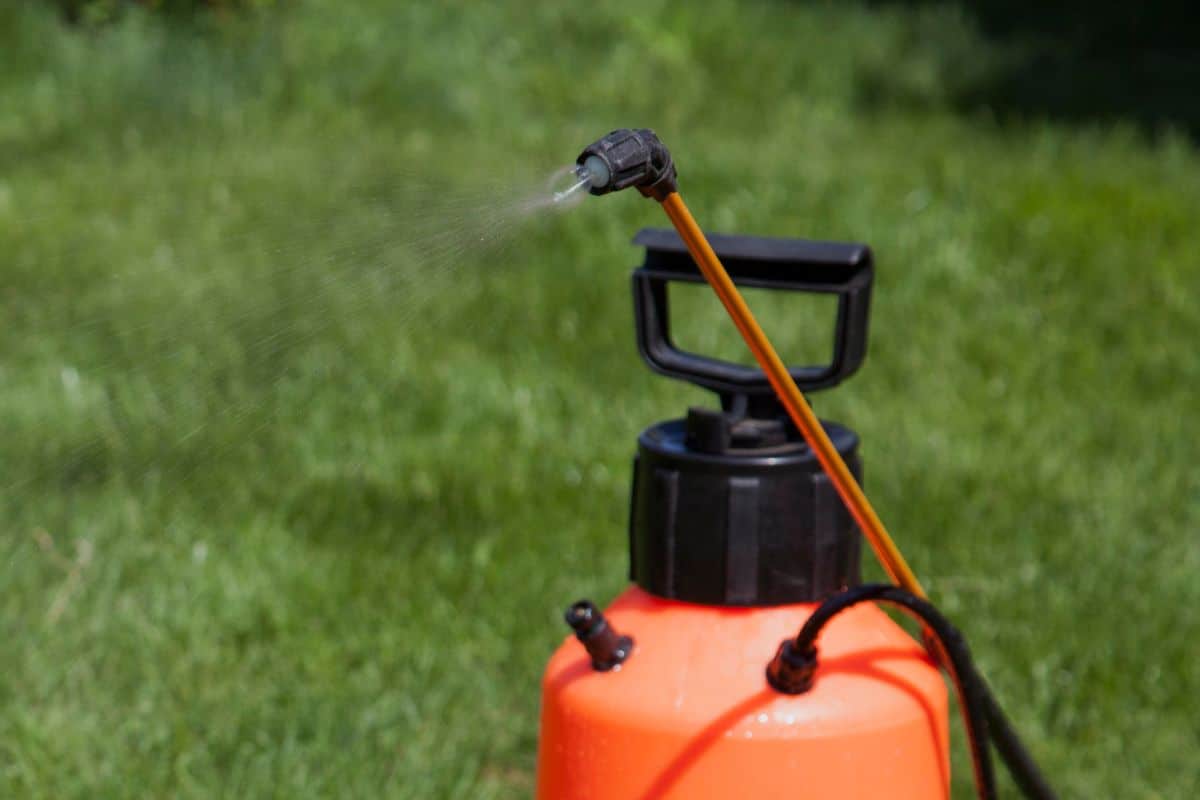
If your Roundup sprayer isn't working, then you need to be able to troubleshoot it quickly to get back to work. Here's a guide on troubleshooting a Roundup sprayer that covers identifying the most common problems and how to remedy them.
A Loose Lid
The first thing you should check when troubleshooting a Roundup sprayer is that the lid is secured. If the lid isn't connected to the sprayer, the tank can't build pressure and won't spray.
How To Clean Roundup Sprayer Nozzle
If the lid is secure, the next most likely issue is a clog in the wand. If there is a clog in the wand, the sprayer will only leak a few drops instead of spraying a mist.
To fix a clog in the wand, unscrew the nozzle on the end of the wand and spray a small amount of liquid out. The liquid will force all of the debris out of the wand. Finish by resecuring the nozzle to the end of the wand.
A Loose Hose
You may have a loose hose if you don't see a dribble of liquid leaving the wand. Look at where the rod attaches to the sprayer. If you see that there isn't a firm connection, push the hose onto the plastic plug better or tighten the hose clamps, depending on which model you have.
The hose must be properly connected to the sprayer; otherwise, it won't function and can spill toxic products onto you, potentially causing harm.
An Electric Sprayer
If you are using an electric sprayer, then there are other things you need to check during troubleshooting.
Not Turned On
If your electric sprayer isn't spraying, you should first check that it's turned on. If the dial is not set to on, it won't send power to the compressor and won't function.
A Loose Battery
It's also possible on an electric sprayer that the battery isn't properly secured. Check that the battery is on correctly by checking if it wiggles when touched. If you are not confident in the battery's connection, remove it from the sprayer and reinsert it.
A Dead Battery
One more area where an electric sprayer differs is that the battery may be dead. If your electric sprayer won't spray and the charger indicates a red light when you plug it in, the battery is very low and needs to charge.
If the light is green, the battery is fully charged, and you can check some other troubleshooting options for the other sprayers.
What Can You Use In A Roundup Sprayer Other Than Roundup?
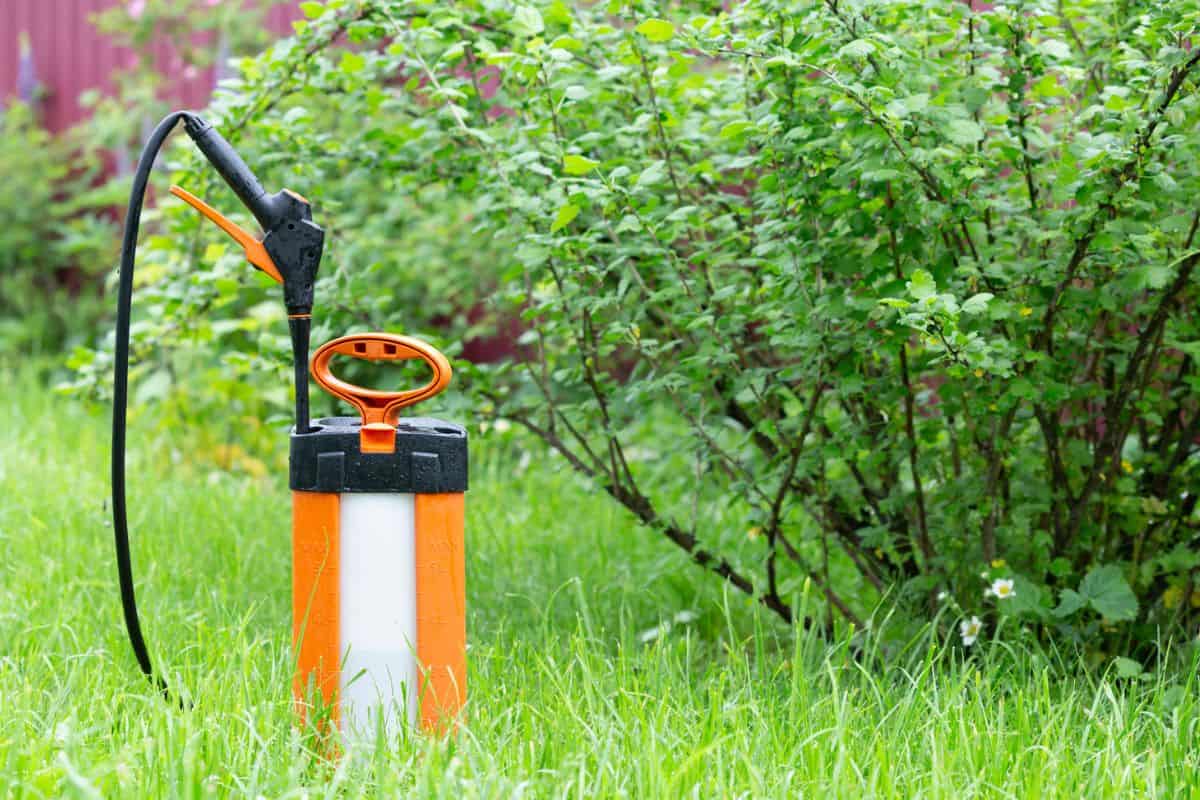
While Roundup sprayers are great for spraying Roundup, they have many other uses. Let's look at some of the most common uses for Roundup sprayers and learn how to utilize them.
Fertilizers
Fertilizers are one of the most common other uses for Roundup sprayers. Many liquid fertilizers can be added to your Roundup sprayer to make administration easy. If you want to try a liquid fertilizer for a Roundup spray, here are two of the best available on Amazon.
AgroThrive Liquid Fertilizer
You can find this product here on Amazon.
EZ-gro 20 20 20 Fertilizer
You can find this product here on Amazon.
Once you have added fertilizer to your Roundup Sprayer, spray your garden with an even fertilizer coating to ensure the correct amount reaches each plant.
Natural Weed Killers
Other than Roundup, there are also natural weed killers that don't use chemicals to kill weeds. One of the easy-to-make natural weed killers is a combination of vinegar, salt, and soap in water.
The more of each ingredient you add to water, the stronger the weed killer will be. This weed killer works quickly and is safe around pets and children.
Pesticides
Another use for a Roundup sprayer is spraying pesticides. Add the pesticide you wish to use and spray around the base of your home to create a bug barrier to repel pests.
One thing to remember when using pesticides or other additives is to clean the sprayer between uses to avoid cross-contamination.
How To Clean Roundup Out Of Sprayer?
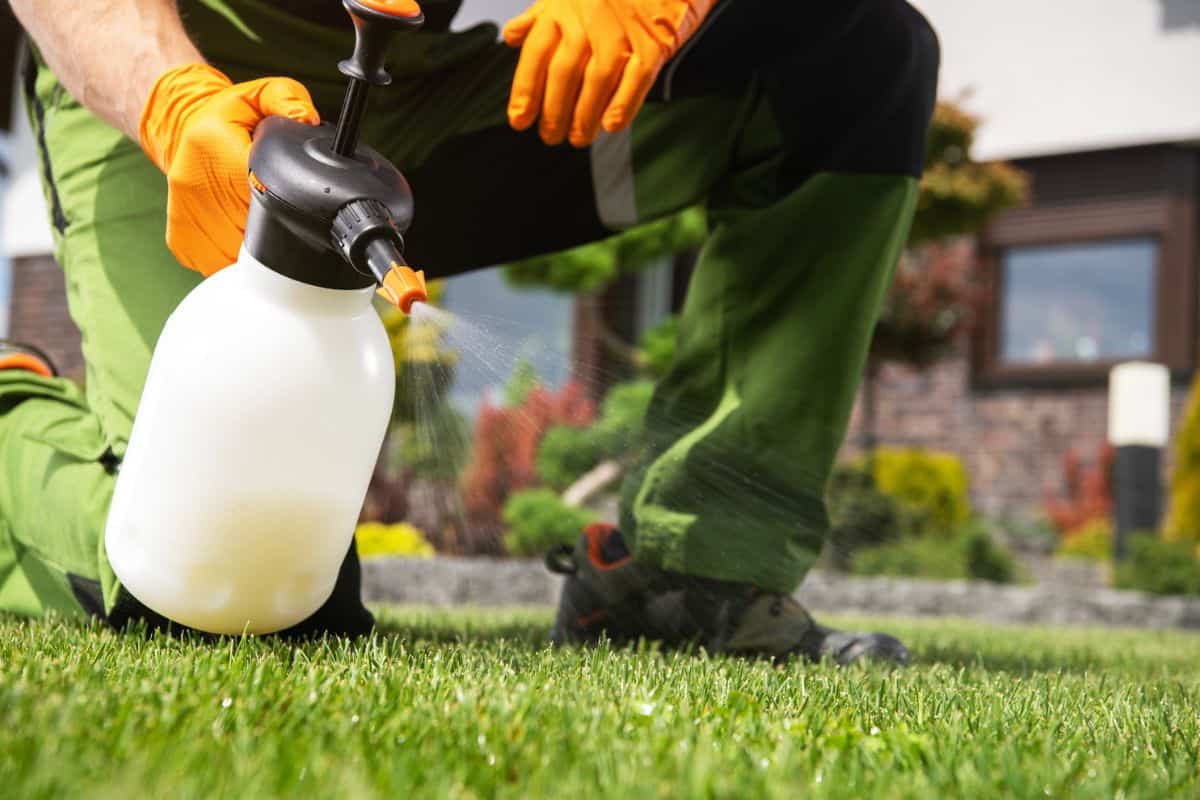
When cleaning a Roundup sprayer between uses, use hot soapy water. The soap and heat will help to remove any residues from the chemicals. Hot soapy water cleans both Roundup and other chemicals out of the sprayer.
It is also essential to run some hot soapy water through the nozzle to ensure there isn't any residue in the wand. Under the lid where the threads are will also need to be thoroughly cleaned to remove any stubborn residue.
After washing both the inside and outside of the Roundup sprayer with hot soapy water, rinse the entire sprayer with water. The soap must be removed to ensure none finds its way into the next sprayer batch.
Final Thoughts
In this article, we learned how to use a Roundup sprayer, whether it's a handheld or a backpack sprayer. We also learned how to troubleshoot a Roundup sprayer if it's not working. Remember, Roundup sprayers can be used to spray many products besides Roundup.
We hope you enjoyed this article. If you want to learn more, check out some of these other posts:


